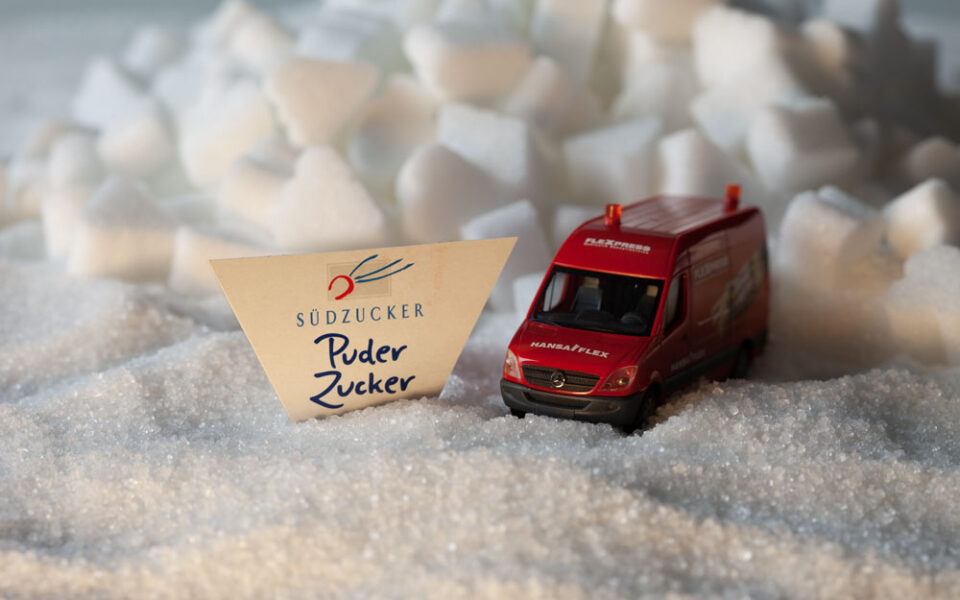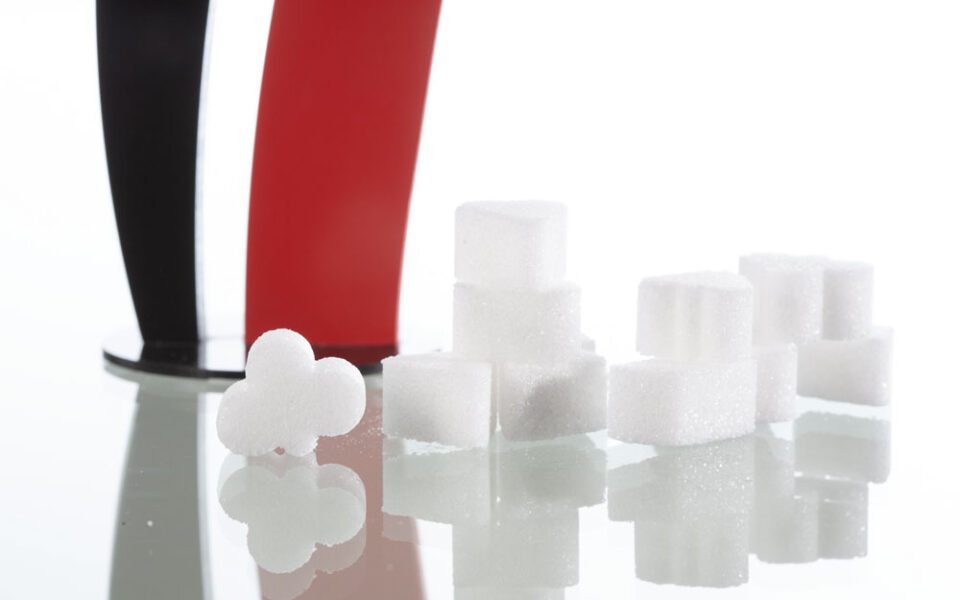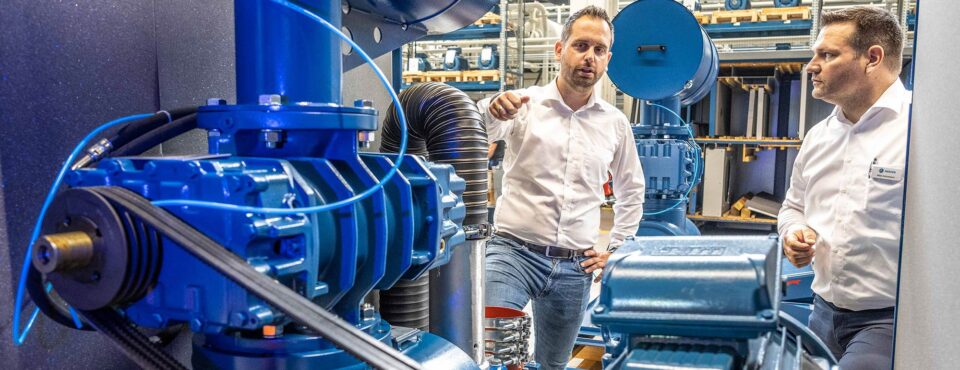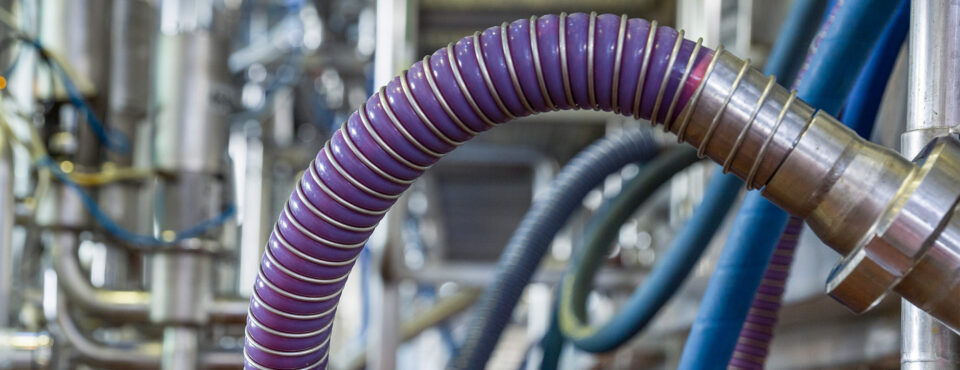Südzucker AG is the European market leader

12.03.2024
White gold from Ochsenfurt
For years available only to the rich and powerful, sugar had the status of “white gold” well into the 19th century. It did not become affordable for all levels of society until the introduction of industrial scale sugar extraction plants. The European market leader, Südzucker AG, has been making our lives a little sweeter for 150 years. Processes that were previously carried out by hand are now the province of hydraulic systems.
In Ochsenfurt, on the banks of the River Main, stands one of the nine sugar factories owned by Südzucker AG in Germany. The plant in Ochsenfurt was founded in 1951, the first new factory built after 1945. Some buildings and system parts from that time are still in place, some are even still in use. But most of the equipment used to produce the sugar is ultramodern, because the latest technology is essential to ensure that the enormous demand for sugar can be satisfied.
Over 100 days of campaign
Sugar is produced from sugar beet. Because sugar can only be harvested once a year, sugar production is a seasonal business. The so-called campaign runs for 100 days a year – between September and January. This is the term used for the period during which sugar is extracted. During this period, 15,000 tonnes of beet per day are processed into sugar in Ochsenfurt. During the campaign, 600 trucks loaded with beet drive onto the factory premises every day.
It’s all about the sugar content
4,400 farmers grow sugar beets for the plant on 25,200 hectares (about 62,270 acres) of land. The factory’s catchment area extends from the River Rhön in the North to the greater Nuremberg district in the South, and from the Steigerwald Park in the East to the Spessart in the West. Samples are taken from each delivery of sugar beets, and these are analysed for sugar content and other important substances. It is also determined how much soil is still clinging to the beets. This analysis also serves as the basis for setting the price of the beets and growing advice. The beets are unloaded by tipping, and after thorough washing they are transported straight to processing or the warehouse.
From the beet to the coffee cup
The beets are sliced into thin strips, preheated in a cossette scalder and are then sent to the extraction tower. Water at 70° Celsius is poured through the device to extract the sugar from the beet cells and produce raw juice. The used beet strips are dried by means of hydraulic screw presses and hot air. Natural lime and carbon dioxide are recovered in the lime kiln and added to the raw juice one after the other. In this way, non-sugar substances are bound and precipitated out. What remains is a clear, thin liquor containing about 16 percent sugar. The thin liquor is concentrated in several heating stages until a thick, golden-brown juice remains. The sugar content is now 72 percent.
Crystallisation
In the next step, the thick juice is “boiled” until crystals form. The crystals are centrifuged to separate the syrup from the crystals. The last remains of the syrup are rinsed away with hot water. At the end of this process, the remaining sugar crystals are clear as glass, but they refract the light to appear snow-white. This sugar is then dissolved and recrystallised to yield refined sugar – sugar of the highest purity.
Further processing and sustainability
The finished sugar is dried, cooled, and stored in sugar silos. More than 80 percent of the sugar is shipped to the converting industry for use in producing confectionery, drinks, or baked goods. Almost 20 percent is converted to the various types of domestic sugar and packaged. All by-products of the process are returned to the natural cycle: The pressed sugar beet slices are used as animal feed; molasses are used in the yeast or mixed feed industry. The carbolic lime that is a by-product of purifying the juice is an excellent biological fertiliser. The soil that is washed off at the beginning of the process is treated and spread back on the fields.
From the seal to the metal hose
The time between two campaigns is not dedicated to idleness for Südzucker employees. Quite the opposite. It is used for the maintenance and servicing of machinery and equipment, as well as for planning and implementing investments. For the staff at the HANSA‑FLEX branch in Würzburg, it is the time when all hydraulic systems, hoses and components can be checked and, if necessary, replaced without interrupting ongoing operations. Südzucker uses the HANSA‑FLEX range throughout its entire production process. From feed presses, earth presses, centrifuges and construction machinery to forklift trucks – seals, hoses, hydraulic components and metal hoses from HANSA‑FLEX can be found everywhere.
Sugar in record time
With modern technology and the expertise of the employees at Südzucker AG, it does not take long to make sugar. If you were to measure the time it takes to produce shimmering white sugar crystals from a beet that had just been delivered from the field to the factory, you would be surprised: On average, it takes less than eight hours. In 2009, the combined sugar production of the 29 sugar factories and three refineries in Europe was 4.8 million tons. To make it, almost 30 million tons of sugar beet are processed. Accordingly, the corporation’s 17,500 employees generated income of 5.7 billion euros for the year.
With figures like these, it is clear how disastrous a machine failure would be during the campaign. So non-campaign time is used for extremely thorough maintenance. And if a machine does develop a fault during the campaign, the workshop managers at Südzucker know that HANSA‑FLEX’s mobile Rapid Hydraulic Service will be there in double-quick time.
Learn more
- 12.03.2024
The world’s most powerful industrial blower
Aerzener Maschinenfabrik produces the most powerful positive displacement blower in the world currently. Power units from Willmann ensure smooth operation of the blowers - even under explosive ambient conditions.Find out more












































